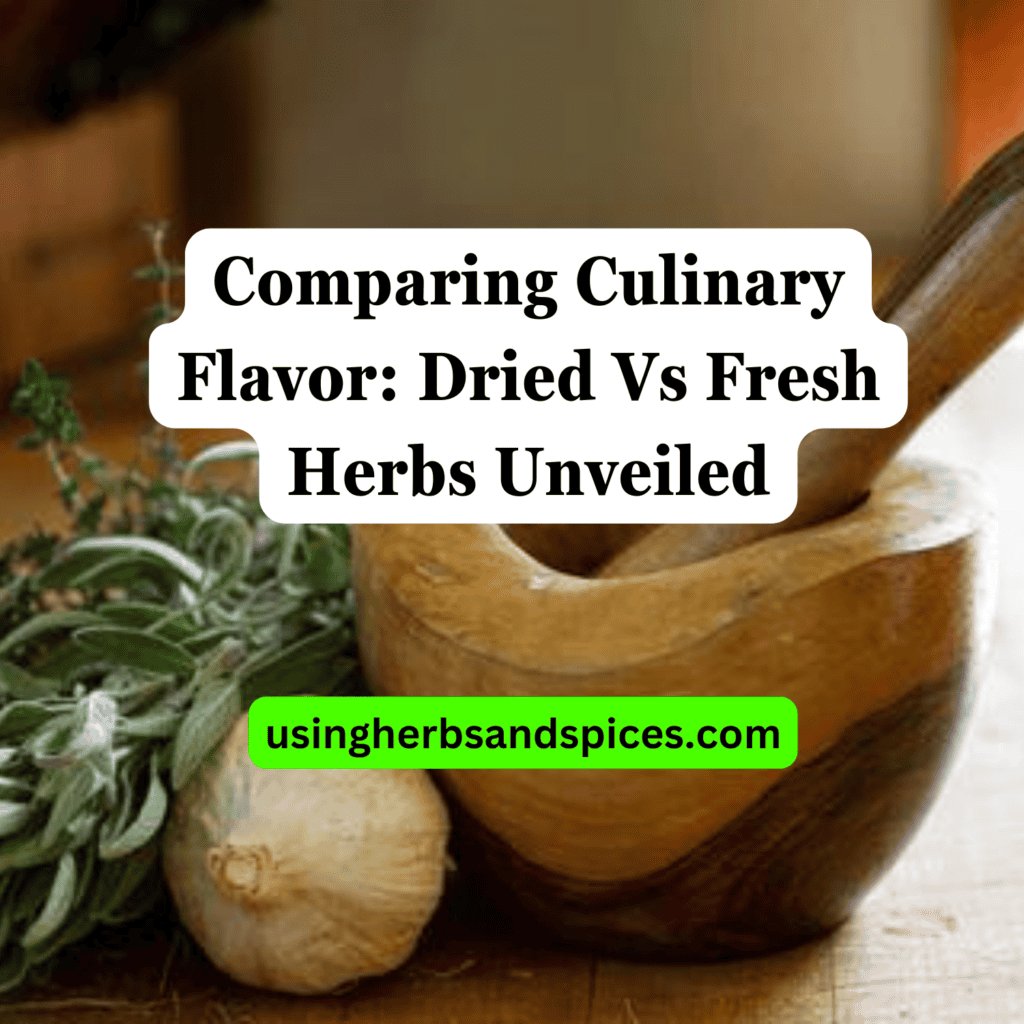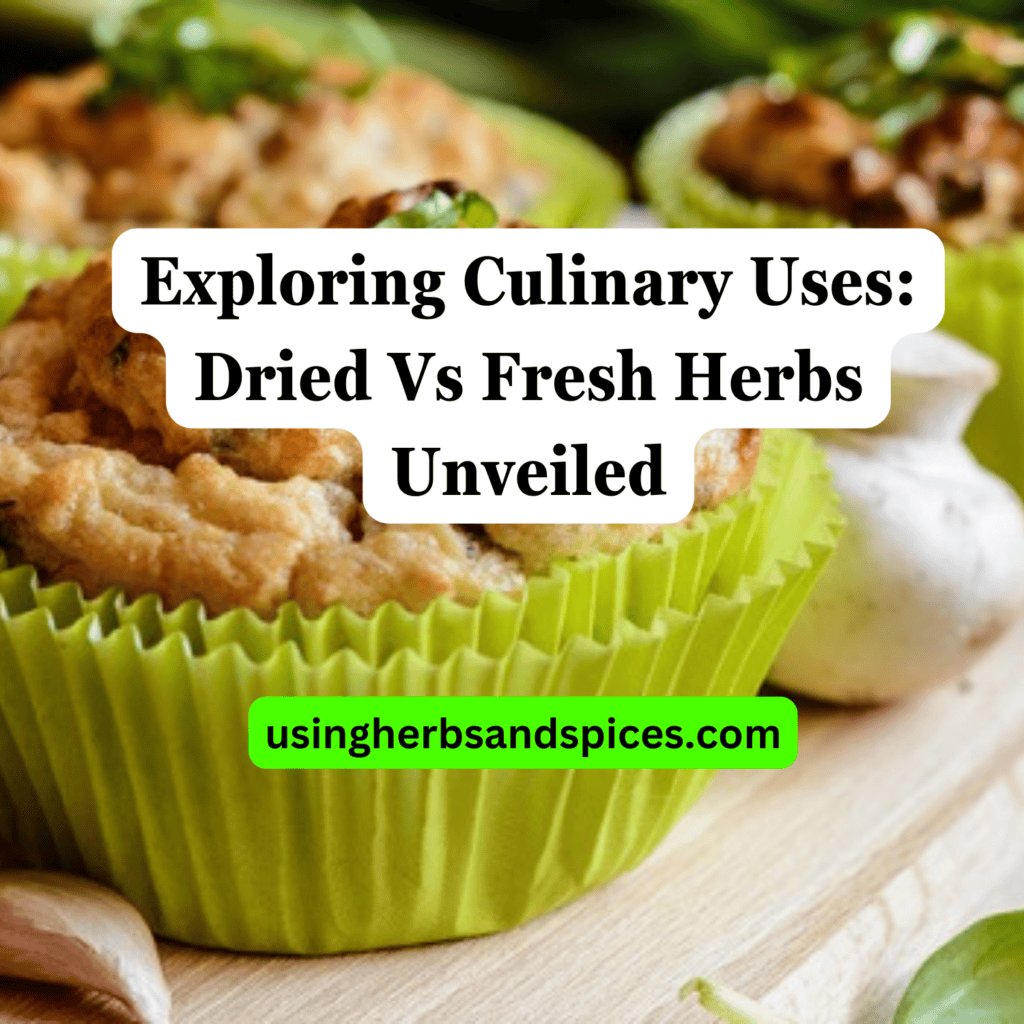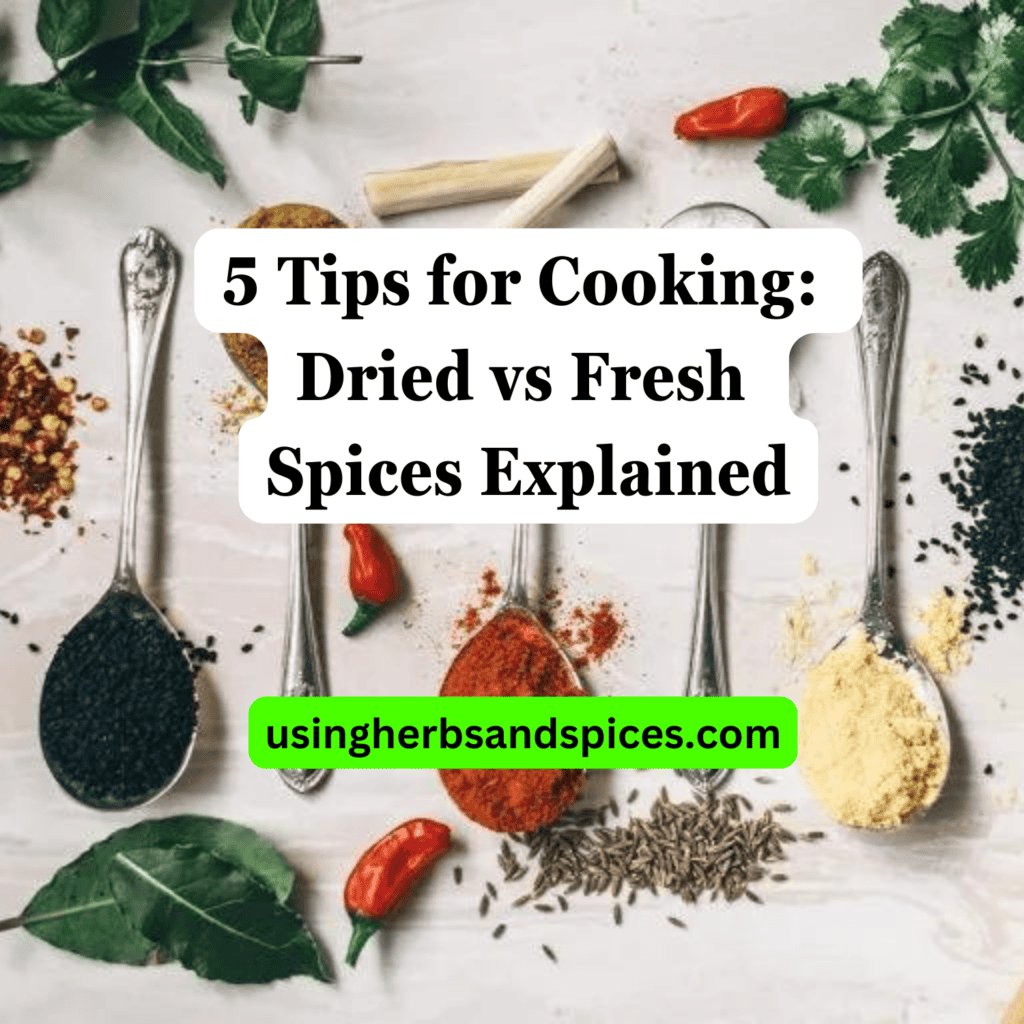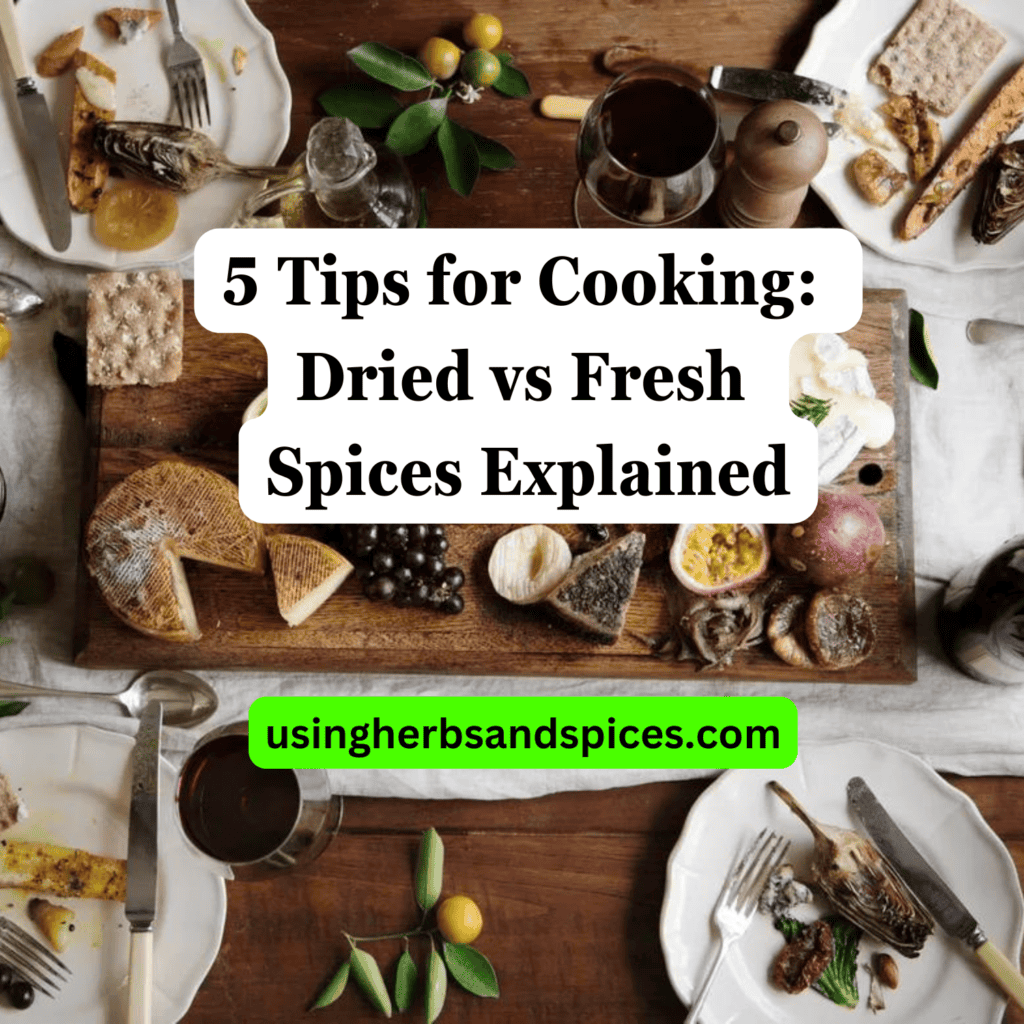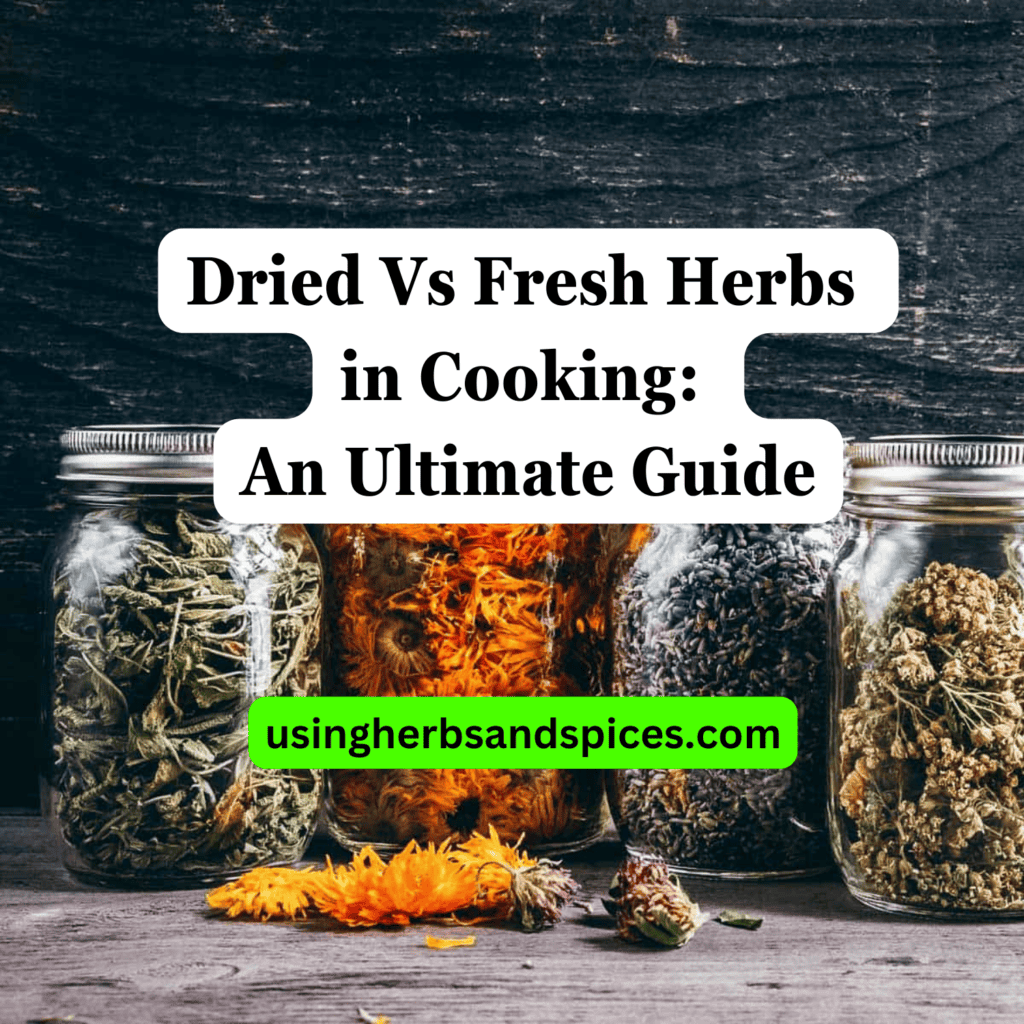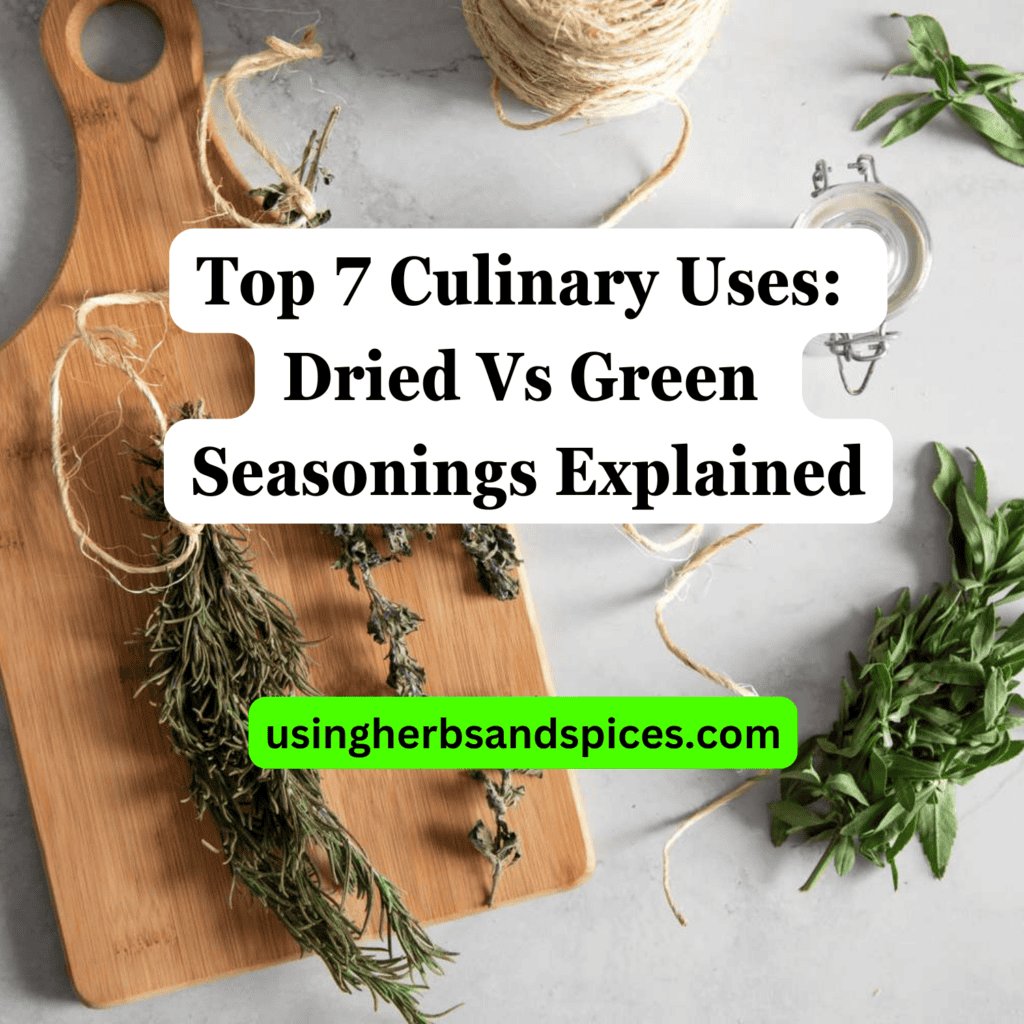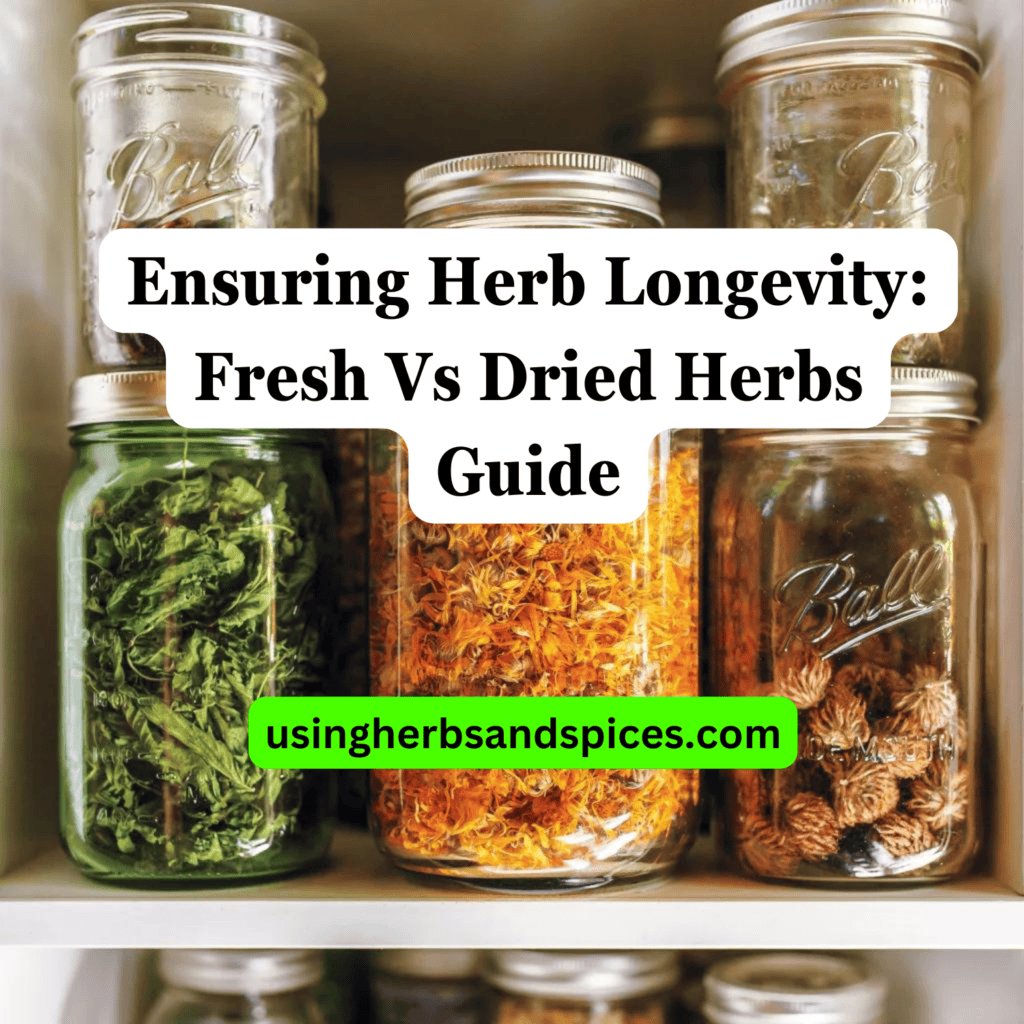SUMMARY: Dried herbs are less potent because drying them reduces their oils and moisture, which are key to their flavor and aroma. By understanding how to use them properly, you can still maximize their taste in your cooking.
Ever wondered why your dishes lack the vibrant flavor when using dried herbs instead of fresh?

This article uncovers the reasons behind the diminished potency of dried herbs.
- Understanding Herb Potency
- Fresh vs. Dried Herbs
- The Drying Process
- Maximizing Flavor with Dried Herbs
Continue reading to enhance your kitchen expertise and elevate your culinary creations with the optimal use of dried herbs.
Understanding Herb Potency
The essence of what makes herbs so integral to culinary and medicinal practices lies in their potency. Potency, in the context of herbs, refers to the concentration of flavor, aroma, and nutrients. It’s the very trait that turns an ordinary meal into an extraordinary experience or enhances the therapeutic value of natural remedies. However, this potency isn’t a fixed characteristic and can vary widely between the fresh and dried forms of the same herb. Knowing the factors that affect an herb’s potency is crucial for both chefs and herbalists alike, as it informs how they select and use herbs in their creations.
Fresh vs. Dried Herbs
The reason behind the stronger flavor of fresh herbs compared to their dried counterparts lies in their essential oils. Fresh herbs contain higher moisture content, which helps in preserving the essential oils within the herbs. These oils are responsible for the herbs’ aromatic and flavor profiles, making them more pronounced and vibrant when the herbs are fresh.
During the drying process, while the intention is to remove only water, some of these essential oils are also lost. This loss results in dried herbs having a more muted flavor compared to when they are fresh. Additionally, the texture and appearance of herbs change through drying, often concentrating the flavors, but also altering their nuanced notes, which can impact their effectiveness in recipes.
Distinguishing between when to use fresh versus dried herbs depends largely on the recipe’s requirements and the desired outcome. Fresh herbs are typically used for their bright, bold flavors and are often added towards the end of cooking or as a garnish to preserve their flavor and color. Dried herbs, being less potent, are used in recipes that cook for longer periods, allowing their flavors to infuse throughout the dish.
The Drying Process
The drying of herbs is a methodical procedure aimed at reducing the water content in the leaves, stems, or flowers of the plant, thereby elongating their shelf life and making them more convenient for storage and use. This process involves exposing the herbs to warm, dry air in a controlled environment for a period until they are devoid of moisture but retain most of their essential oils and aromatic properties, albeit in altered proportions.
Scientifically, drying affects the potency of herbs through the gradual loss of essential oils, which are responsible for the aromatic and flavor profiles of the herbs. Essential oils are volatile compounds that can evaporate at high temperatures, and even at the lower temperatures used in drying, a significant portion can be lost. Furthermore, the concentration of these oils diminishes as the water content decreases, leading to a less potent product.
In addition to the loss of volatile oils, enzymatic reactions that occur during the drying process can further degrade the herbs’ active ingredients. These reactions can alter the chemical composition of the herbs, affecting their flavor, aroma, and even their health benefits. While the aim of drying is to minimize these changes by controlling the temperature and duration of the process, some loss of potency is an inevitable part of drying herbs.
Understanding the chemistry behind the drying process sheds light on why dried herbs cannot fully replicate the fresh taste and strong fragrance of their just-picked counterparts. However, it also highlights the importance of proper drying techniques to preserve as much of the herbs’ original qualities as possible.
Maximizing Flavor with Dried Herbs
To maximize the flavor of dried herbs and make the most out of their preserved potency, there are several key strategies you can employ. Understanding these tips can significantly enhance the aroma and taste of your dishes, bridging the gap between fresh and dried herbs.
First, it’s essential to store dried herbs correctly. Keep them in airtight containers, away from direct sunlight and heat, which can cause the herbs to lose their flavor more quickly. Moisture is also a detrimental factor; ensure the storage area is dry to prevent mold growth.
Before adding dried herbs to your recipes, crushing them between your fingers or grinding them in a mortar and pestle can help release their flavors. This act of breaking the herbs down helps to release the essential oils trapped within the dried leaves, enhancing their aroma and taste upon cooking.
When cooking with dried herbs, timing is crucial. Adding them at the beginning of the cooking process gives them ample time to rehydrate and infuse the dish with their flavor. This method works exceptionally well for slow-cooked dishes, where the prolonged cooking time allows the essence of the dried herbs to permeate the food thoroughly.
Finally, be mindful of the conversion ratios when substituting dried herbs for fresh ones in a recipe. A general rule of thumb is to use one-third the amount of dried herb as you would fresh since the flavor of dried herbs is more concentrated.
By following these simple yet effective tips, you can significantly enhance the flavor and aroma of your cooking using dried herbs, making them a convenient and potent ingredient in your culinary arsenal.
Understanding and Optimizing the Use of Dried Herbs in Cooking
This article has illuminated why dried herbs tend to have a less potent flavor compared to their fresh counterparts and has offered strategies to optimize their use in your cooking.
- The potency of herbs is pivotal not only in culinary realms but also in medicinal applications, making the understanding of fresh versus dried herbs crucial.
- Fresh herbs boast a stronger flavor due to their higher moisture content and volatile oils, which are diminished during the drying process.
- The drying process, while diminishing potency, extends the shelf life of herbs, making them a versatile option in the kitchen.
- Though dried herbs are less potent, proper storage and usage can maximize their flavor, elevating the culinary experience.
Why Are Dried Herbs Less Potent? FAQs
What causes dried herbs to lose their potency?
Dried herbs lose their potency due to the evaporation of essential oils and moisture during the drying process. These oils are responsible for the herbs’ aroma and flavor, and their reduction means that dried herbs have a less vibrant taste and smell compared to their fresh counterparts. Heat, light, and air exposure during and after drying can further degrade these oils.
How can I maximize the flavor of dried herbs in my cooking?
To maximize the flavor of dried herbs, it’s important to store them properly in a cool, dark place in airtight containers to protect them from light, moisture, and air, all of which can further diminish their potency. Crushing the herbs between your fingers before adding them to your dish can also help release their flavors. Additionally, adding dried herbs earlier in the cooking process gives them more time to rehydrate and infuse the dish with their flavor.
Can I substitute fresh herbs with dried herbs in a recipe?
Yes, you can substitute fresh herbs with dried herbs in most recipes, but the conversion ratio is crucial to maintain the intended flavors. A general guideline is to use one-third the amount of dried herb as you would fresh since dried herbs are more concentrated and potent. It’s also important to consider the texture and desired outcome of the dish, as some recipes specifically benefit from the freshness of herbs.
How long do dried herbs remain potent?
Dried herbs can remain potent for up to 1 to 3 years when stored properly. However, their peak flavor will typically last closer to 1 year, after which they gradually start to lose their aroma and taste. To check for potency, smell the herbs before use; if they have a strong aroma, they’re likely still potent. If not, it may be time to replace them.

